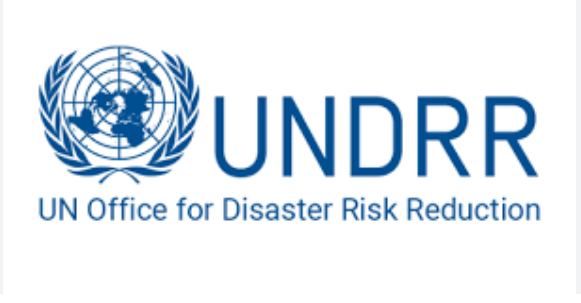United Nations Office for Disaster Risk Reduction
The United Nations Office for Disaster Risk Reduction (UNDRR), formerly known as the United Nations International Strategy for Disaster Reduction (UNISDR), is a United Nations agency that serves as the focal point for disaster risk reduction coordination within the United Nations system. The agency’s primary purpose is to support the implementation and review of the Sendai Framework for Disaster Risk Reduction 2015-2030, which aims to reduce disaster risks and losses in lives, livelihoods, and health.
History
The UNDRR was established in December 1999 through the United Nations General Assembly Resolution 54/219 as a successor to the secretariat of the International Decade for Natural Disaster Reduction (IDNDR). The IDNDR, which spanned from 1990 to 1999, aimed to reduce the loss of life, property damage, and social and economic disruption caused by natural disasters. In 2009, the UNISDR’s mandate was expanded to serve as the focal point in the United Nations system for the coordination of disaster risk reduction.
Mandate and Objectives
The UNDRR’s mandate is to serve as the focal point in the United Nations system for the coordination of disaster reduction and to ensure synergies among the disaster reduction activities of the United Nations system and regional organizations and activities in socio-economic and humanitarian fields. The agency’s objectives include:
- Coordinating international efforts for disaster risk reduction.
- Promoting the implementation and review of the Sendai Framework for Disaster Risk Reduction 2015-2030.
- Advocating for public commitment and action to reduce disaster risks.
- Enhancing the scientific and technical work on disaster risk reduction.
- Supporting countries in monitoring risk, implementing early warning systems, and building capacity for disaster risk management.
Sendai Framework for Disaster Risk Reduction 2015-2030
The Sendai Framework for Disaster Risk Reduction 2015-2030, adopted at the Third United Nations World Conference on Disaster Risk Reduction in Sendai, Japan, on March 18, 2015, is a 15-year voluntary, non-binding agreement that recognizes the primary role of the State in reducing disaster risk but also highlights the shared responsibility of other stakeholders, including local government and the private sector. The framework outlines seven global targets and four priorities for action to prevent new and reduce existing disaster risks.
PreventionWeb
PreventionWeb is a global knowledge-sharing platform managed by the UNDRR. It was launched in 2007 to serve as a repository for disaster risk reduction information, including news, events, publications, and data. The platform aims to facilitate an understanding of disaster risk reduction and promote the implementation of the Sendai Framework.
Global Platform for Disaster Risk Reduction
The Global Platform for Disaster Risk Reduction is a biennial forum organized by the UNDRR for information exchange, discussion of latest developments, knowledge and partnership-building across sectors, with the goal of improving the implementation of disaster risk reduction through better communication and coordination amongst stakeholders. The platform was established in 2007 and has since become the main global forum for disaster risk reduction, providing strategic guidance and coherence for implementing the Sendai Framework.
Regional Offices
The UNDRR has regional offices in Asia and the Pacific (Bangkok), the Americas and the Caribbean (Panama City), Arab States (Cairo), Europe and Central Asia (Brussels), and Africa (Nairobi). These regional offices support the implementation of the Sendai Framework and coordinate disaster risk reduction activities in their respective regions.
Collaboration with Other UN Agencies
The UNDRR collaborates with various United Nations agencies, such as the United Nations Development Programme (UNDP), the World Health Organization (WHO), the United Nations Children’s Fund (UNICEF), and the World Meteorological Organization (WMO), to integrate disaster risk reduction into their respective mandates and programs. This collaboration helps to ensure a coherent and coordinated approach to disaster risk reduction across the United Nations system.


